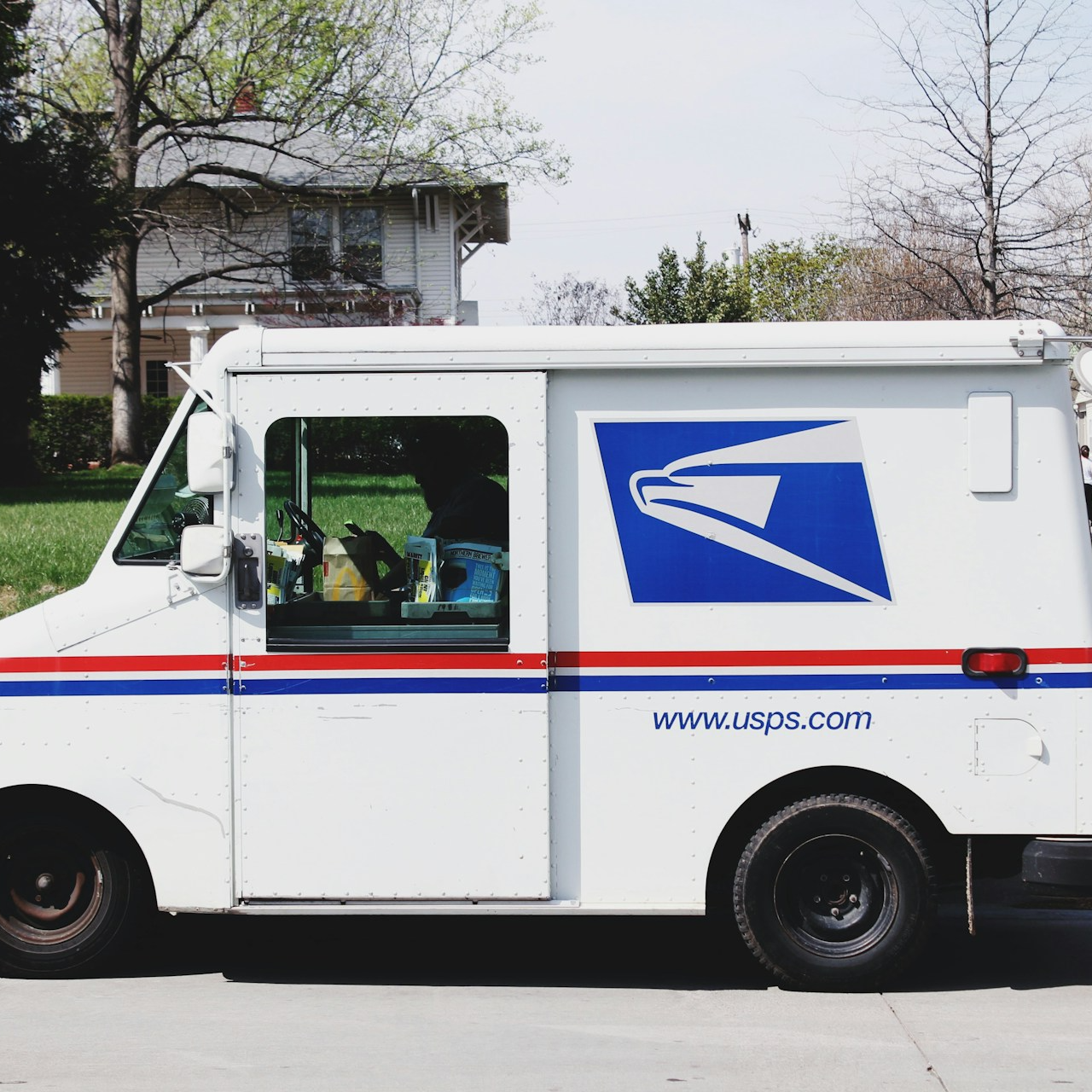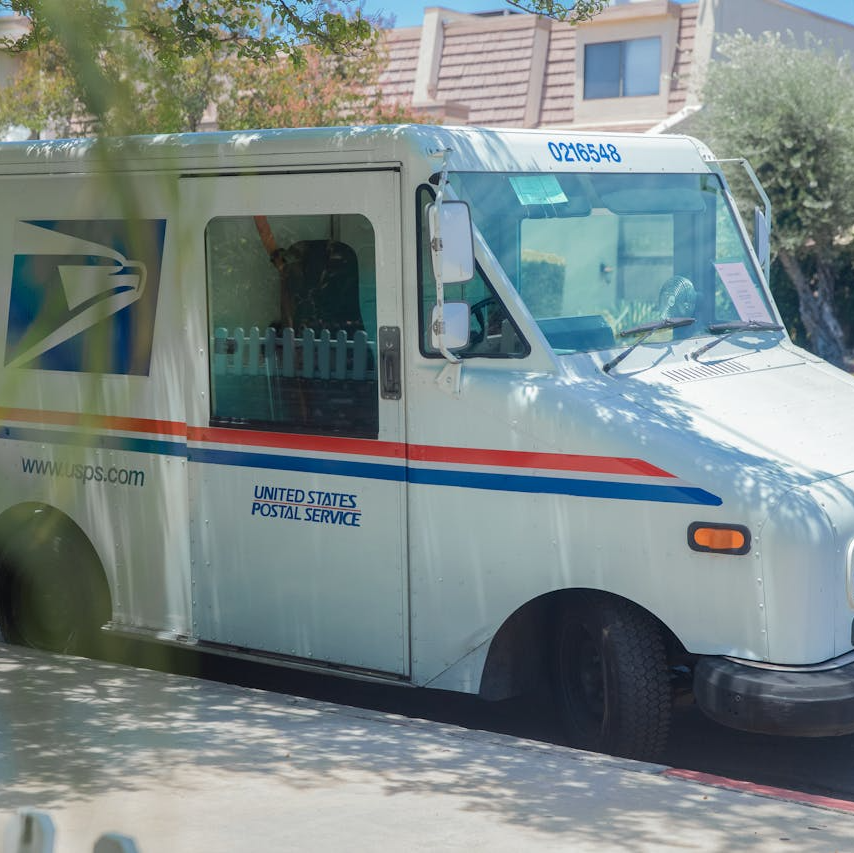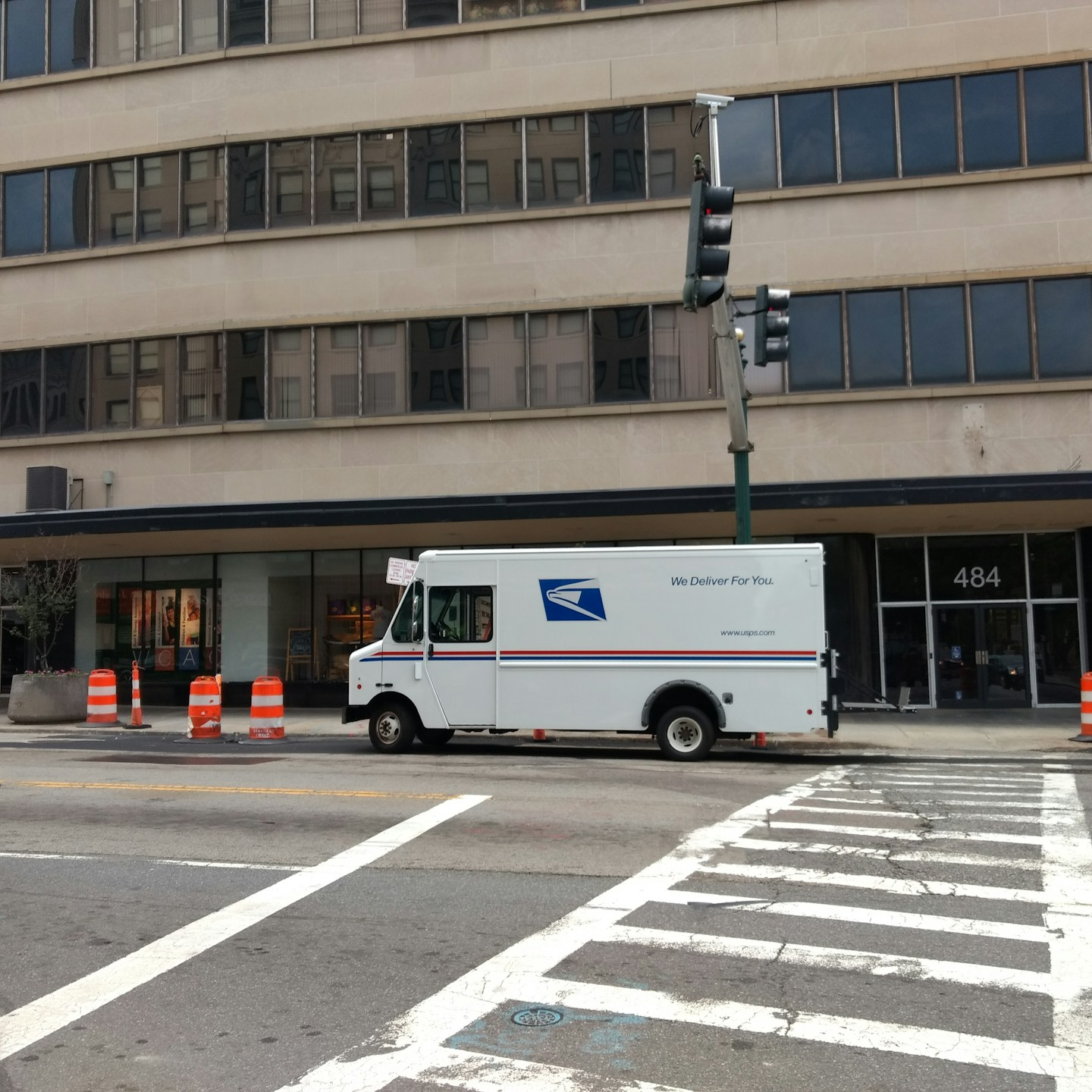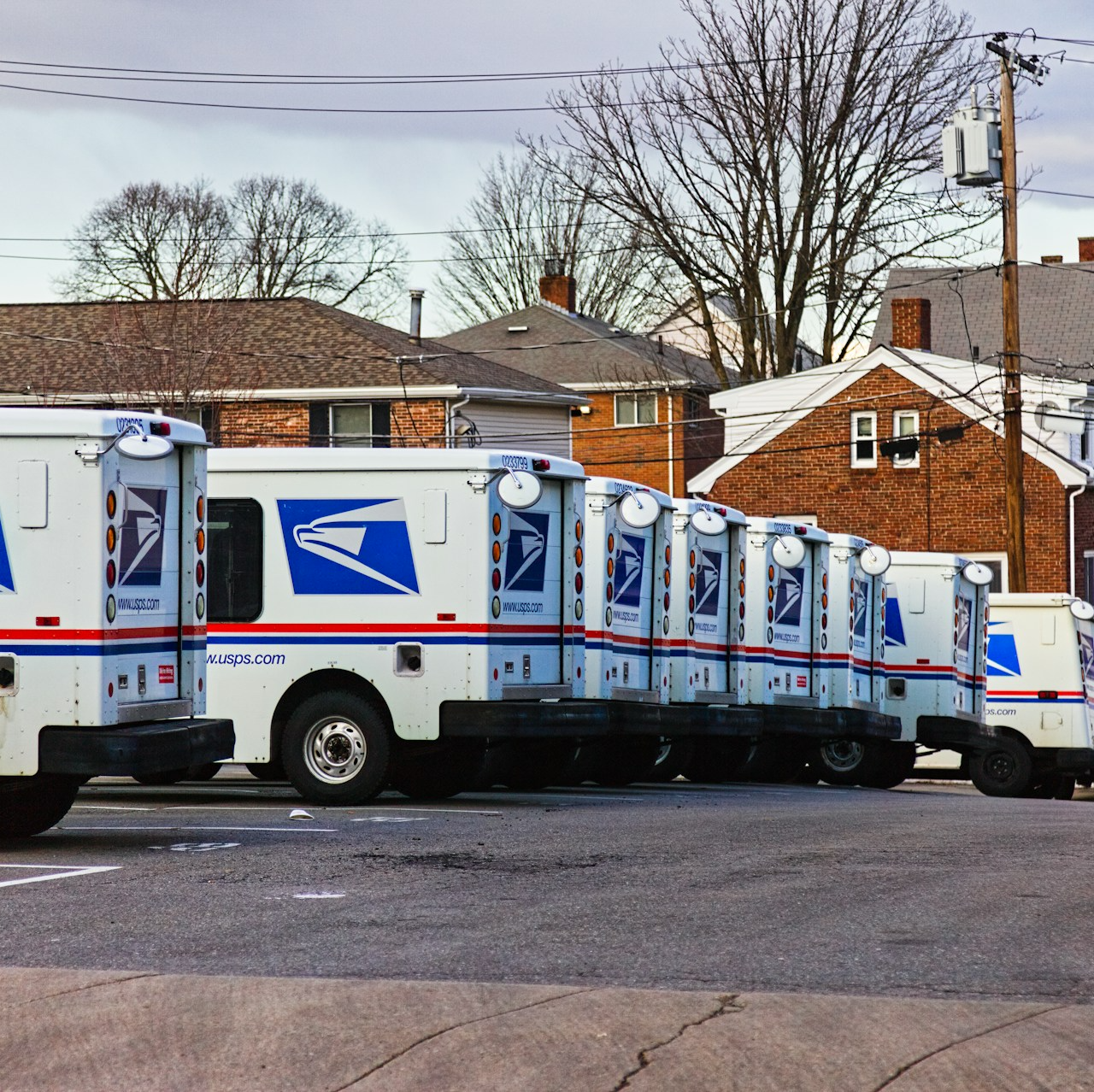Key Takeaways
-
While Medicare is a vital component of health coverage for many PSHB enrollees, it doesn’t cover everything. Key services like dental, vision, long-term care, and some prescription costs may still fall on your shoulders.
-
Understanding the limits of Medicare in 2025 is essential if you want to avoid costly surprises and make the most of your PSHB coverage.
What Medicare Covers—and What It Doesn’t
Medicare plays a key role in your overall health coverage when you become eligible at age 65. But assuming it handles all your medical costs is one of the most common and costly misunderstandings.
Medicare is split into parts. Here’s a brief rundown of what each part covers in 2025:
-
Part A (Hospital Insurance)
-
Covers inpatient hospital stays, skilled nursing facility care, hospice, and some home health care.
-
Has a $1,676 deductible per benefit period, plus daily coinsurance for extended stays.
-
-
Part B (Medical Insurance)
-
Covers doctor visits, outpatient care, preventive services, and durable medical equipment.
-
Carries a standard monthly premium of $185 and an annual deductible of $257.
-
-
Part D (Prescription Drug Coverage)
-
Covers many prescription drugs.
-
Features a maximum deductible of $590 and a $2,000 out-of-pocket cap.
-
These three parts offer significant coverage—but far from total coverage.
Gaps That Medicare Leaves Behind
You might be surprised at how much you’re still financially responsible for, even after enrolling in Medicare. Here’s a breakdown of the most common coverage gaps that can affect your bottom line:
1. Dental Care
Routine dental services—cleanings, exams, fillings, and dentures—are not covered by Medicare. You’ll need separate dental insurance or rely on PSHB benefits if your plan offers dental.
2. Vision and Hearing
Medicare does not cover routine eye exams, glasses, contact lenses, or hearing aids. These are often included in PSHB plans but can vary widely. Make sure your PSHB option fills this gap, especially if you wear glasses or use hearing devices.
3. Long-Term Care
Medicare only pays for limited skilled nursing care after a qualifying hospital stay. It does not cover custodial care (e.g., help with bathing, dressing, or eating) in assisted living or nursing homes. If you don’t have long-term care coverage through other means, you could face significant out-of-pocket costs.
4. Foreign Travel Emergencies
If you’re traveling outside the U.S., don’t count on Medicare to protect you. It doesn’t provide emergency medical coverage abroad except in very limited circumstances. Some PSHB plans include international emergency benefits, but always confirm the terms.
5. Excess Charges
If your provider doesn’t accept Medicare assignment, they can charge up to 15% more than the approved amount. Medicare doesn’t cover this difference, but some PSHB plans do. This is an area where coordination matters.
How PSHB Fills (Some) of the Medicare Gaps
In 2025, PSHB plans are designed to work in tandem with Medicare—particularly when you are enrolled in both Parts A and B. Many plans offer cost-sharing relief and coverage enhancements, such as:
-
Waived or reduced deductibles for enrollees who have Medicare.
-
Lower copayments and coinsurance compared to non-Medicare participants.
-
Automatic enrollment in a Medicare Part D Employer Group Waiver Plan (EGWP) that applies the new $2,000 prescription drug out-of-pocket cap.
-
Foreign emergency coverage, depending on the plan you select.
However, not all PSHB plans are created equal. Some may provide more generous supplemental coverage than others. It’s up to you to review the details carefully during Open Season.
What Happens If You Don’t Enroll in Medicare Part B?
If you’re a Medicare-eligible Postal Service annuitant or family member and you don’t enroll in Medicare Part B when required, your PSHB benefits could change significantly.
Under the PSHB rules in 2025:
-
You must enroll in Medicare Part B if you are a Postal retiree or family member who became eligible for Medicare on or after January 1, 2025, unless you qualify for an exception.
-
If you don’t enroll, you may face higher out-of-pocket costs because your PSHB plan will act as your primary payer—without the cost-sharing protections typically granted to those with Medicare.
-
Prescription drug coverage may still be provided under the EGWP, but you’ll miss out on some coordination benefits.
This makes timely enrollment crucial. Exceptions do exist—such as for those who retired before 2025 or reside outside the U.S.—but these are limited and carefully defined.
When PSHB and Medicare Work Together
The ideal setup for many Postal Service annuitants involves having both Medicare Parts A and B and a PSHB plan. Here’s how coordination of benefits works in 2025:
-
Medicare pays first for covered services.
-
Your PSHB plan pays second, often covering what Medicare does not.
This coordination can help you:
-
Avoid paying deductibles or coinsurance twice.
-
Access enhanced drug benefits with a predictable cost cap.
-
Receive broader coverage, including benefits that Medicare skips (like dental or vision).
Be sure to verify that your PSHB plan recognizes your Medicare enrollment and adjusts your benefits accordingly.
Enrollment Timelines That Matter
Missing key deadlines could lead to gaps in coverage or lifelong penalties. Here’s what to keep in mind:
-
Medicare Initial Enrollment Period (IEP): Begins three months before you turn 65, includes your birthday month, and continues for three months after.
-
General Enrollment Period: If you miss your IEP, you can enroll from January 1 to March 31, but coverage begins in July and penalties may apply.
-
PSHB Open Season: Occurs every year from November to December. You can change or adjust your PSHB plan during this time, especially if your Medicare status changes.
Failing to align your Medicare and PSHB enrollments can disrupt your benefits and increase your costs.
Why Knowing the Limits of Medicare Is Especially Important Under PSHB
You might have assumed Medicare would simplify your healthcare. And in many ways, it does. But under the new PSHB structure, any gaps in Medicare have a direct impact on how well your benefits protect you.
Relying solely on Medicare—without understanding what it doesn’t pay for—can leave you facing:
-
Unexpected bills for dental, vision, or hearing care
-
Full cost of long-term care needs
-
Costly emergency treatment abroad
-
Higher deductibles or coinsurance if you skip Medicare Part B
By knowing what Medicare omits, you can select a PSHB plan that closes the right gaps for your health and financial needs.
Make Smart Coverage Choices Before It’s Too Late
Now that you know what Medicare leaves out, it’s time to act on that knowledge. During the next Open Season—or if you qualify for a special enrollment—you should:
-
Compare PSHB plan brochures to evaluate dental, vision, and foreign travel coverage.
-
Review cost-sharing arrangements for Medicare enrollees.
-
Check how each plan integrates with Medicare Part B—especially if you’re new to Medicare in 2025.
-
Stay aware of premium reimbursements or lower cost-sharing features for Medicare-covered participants.
Most importantly, do not assume Medicare will catch everything. It won’t. But your PSHB plan might—if you choose wisely.
If you need help understanding your options, get in touch with a licensed agent listed on this website for professional advice tailored to your situation.












